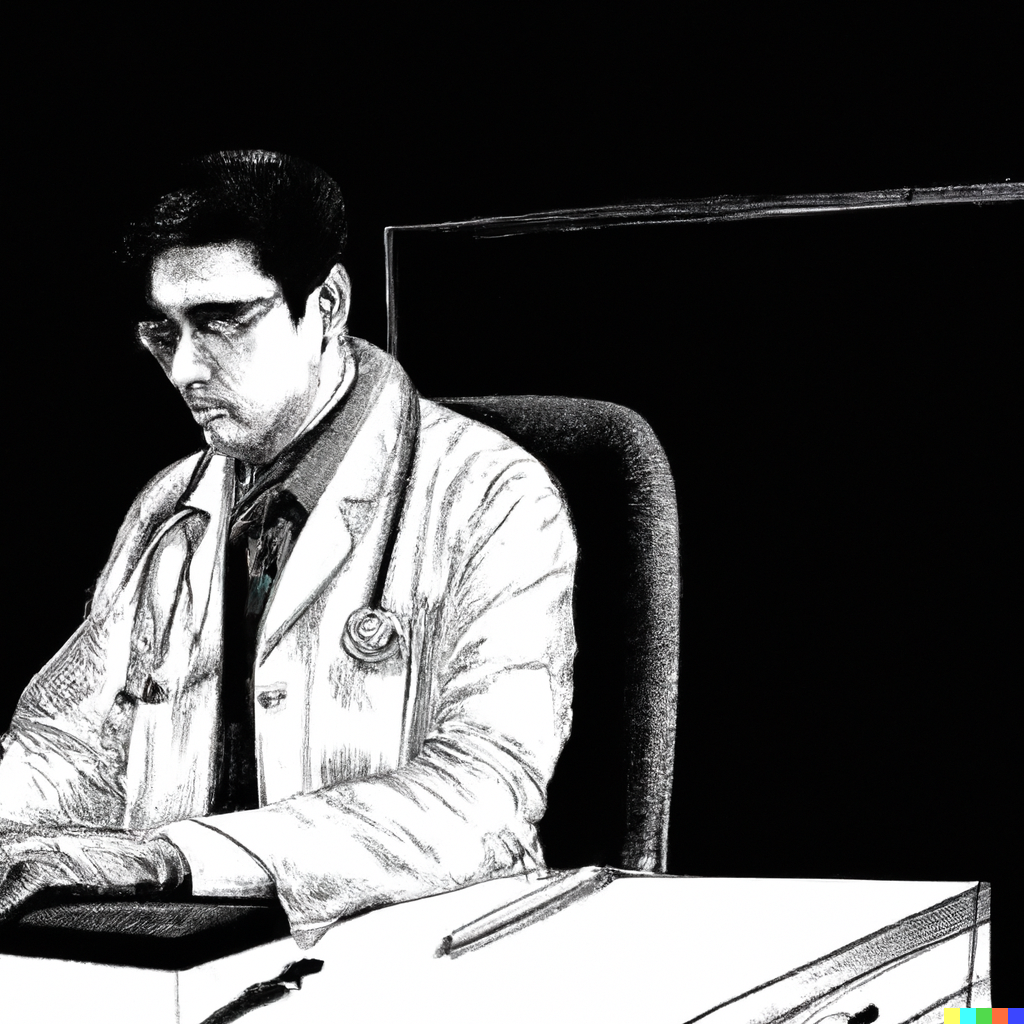Dr. Isaac Kohane has provided an example of one of the use cases of GPT-4 in healthcare in the book “The AI Revolution in Medicine: GPT-4 and Beyond.” He is a pediatric endocrinologist and the Chair of the Department of Biomedical Informatics at Harvard Medical School. The use case discusses a real-life scenario.
A full-term newborn baby presented with hypospadias, a small penis, and a scrotum without palpable testicles. Hypospadias is a medical condition in which the opening of the urethra is on the underside of the penis, not at the tip.
Dr. Kohane was already aware of the diagnosis as this case was several years old. He presented the case details to GPT-4 and asked for its differential diagnosis. It provided four differential diagnoses:
1. Congenital adrenal hyperplasia (CAH)
2. Androgen insensitivity syndrome (AIS)
3. Gonadal dysgenesis
4. Pituitary or hypothalamic dysfunction
He asked GPT-4 about the next steps in the diagnosis, and it responded in the same way he would. After inputting some test results, GPT-4 suggested that the correct diagnosis is a rare form of Congenital Adrenal Hyperplasia (CAH), caused by a rare mutation in the gene for 11-beta-hydroxylase. This mutation is not detected by newborn screenings. It affects 1 in 100,000 newborns.
What’s intriguing about this story is that GPT-4 knew which kinds of tests are included in newborn screenings. It also knew that approximately 5% of all cases with CAH are caused by gene mutations and indicated which mutations to look for.
